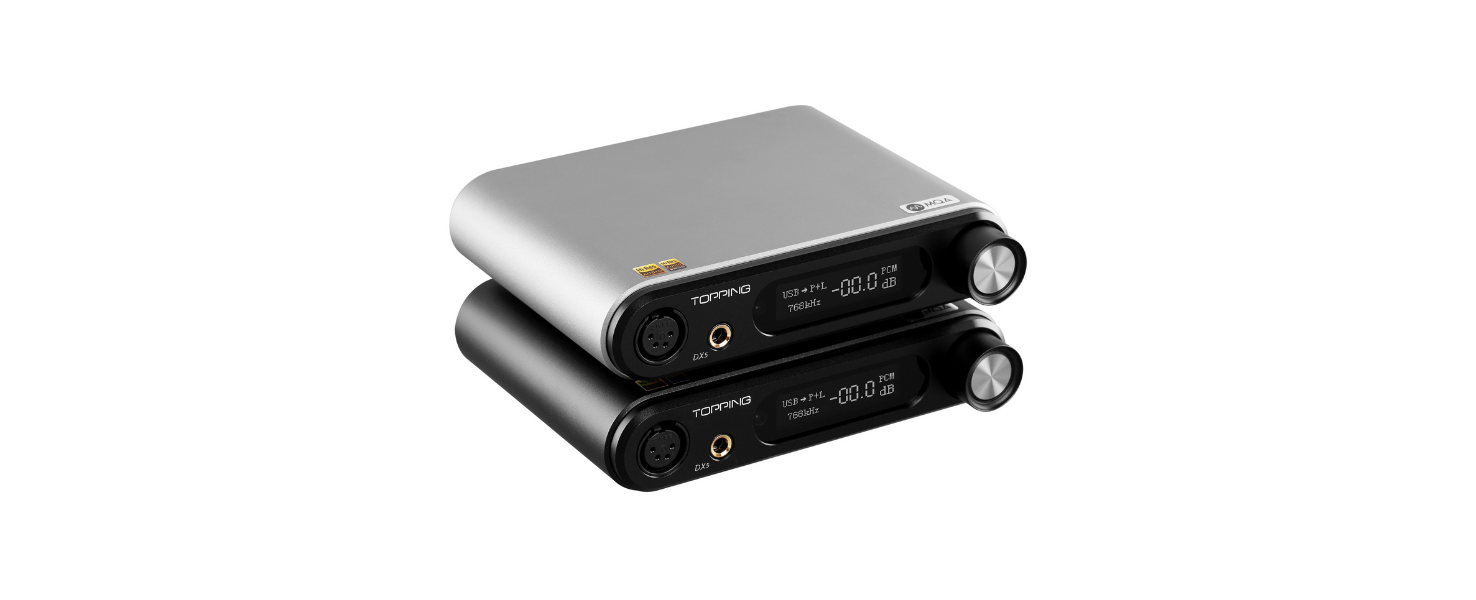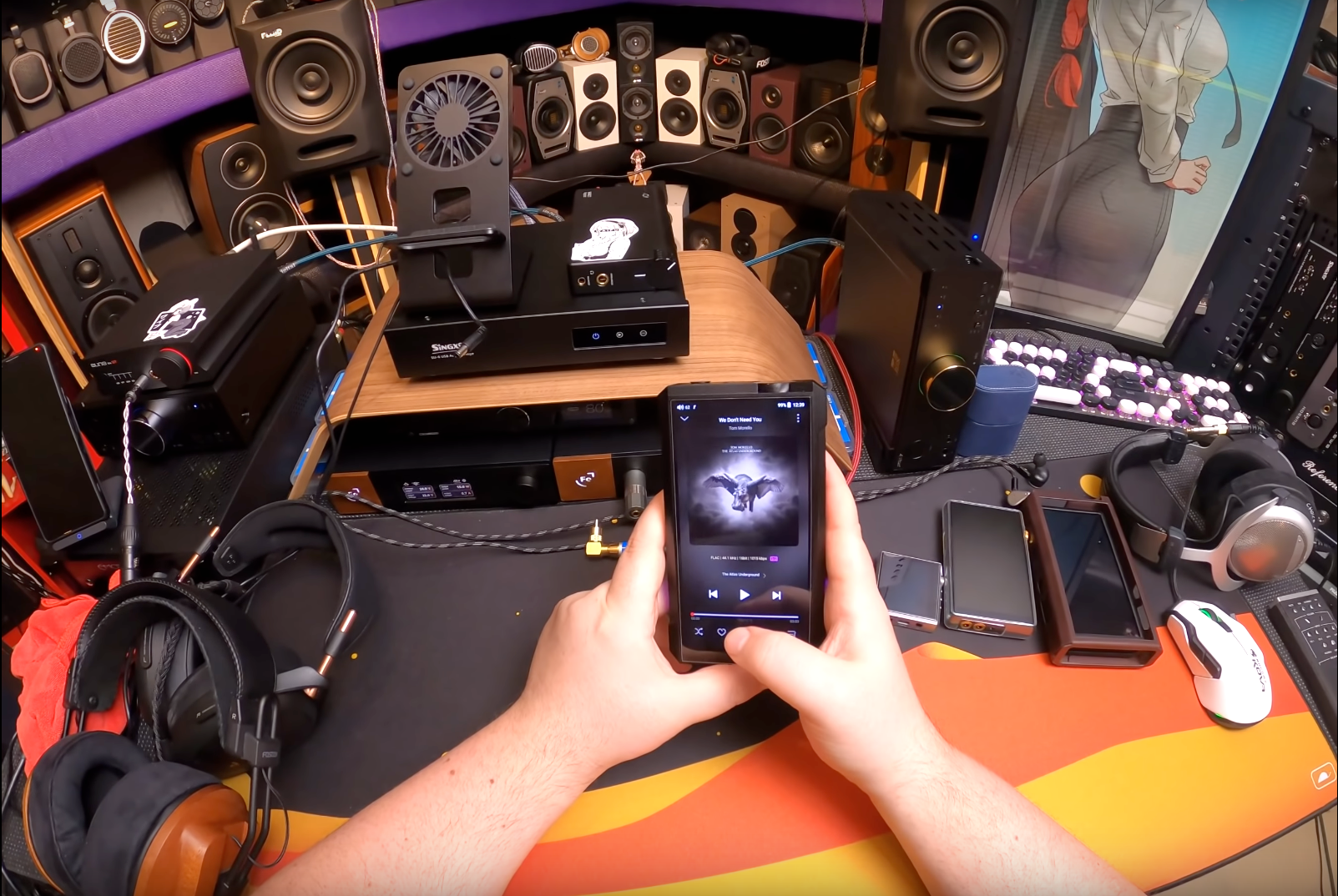
HIFIMAN XS: "Best $500 Headphone" - Joshua Valour
Note: This article is based on the video "The Best Headphone for $500!" made by Joshua Valour on his YouTube channel and is printed here in partnership with Joshua Valour. The review was originally posted on March 24th, 2022. Edits have been made for clarity and length. You can purchase the HIFIMAN Edition XS on Apos Audio.
Intro
So I really hesitate to call things the best, often because I think “best” is an overused term. However, I do truly think that the HIFIMAN Edition XS might just be the best headphone at $500 right now. It is a genuine look into the world of high-end planars, and if you want to experience the high-end realm this is a decent way of doing it.
Build
I think the most controversial thing is going to be the build. Their use of the Deva headband is going to have a lot of detractors, including myself. Up until I tried it, I personally didn’t find the Deva to be comfortable, but for whatever reason the combination of the pad shape and style paired with this headband is actually not that bad for my size head.
I think this is going to be one of those things that is a little bit more controversial than most other headphones, in terms of comfort, but for me it’s actually pretty comfortable. I much prefer this to the Ananda. I also prefer it over the Sundara, though I will say that the Arya is more comfortable.
This is actually a pretty big headphone. If you’ve got a really small head, I don’t know if this would fit you, and I think the curvature of this has to match your head pretty well for it to be comfortable. I think that the accommodation of the ear cups and this headband just happens to work with my head, because it is pretty comfortable.
Sound
Okay, so let’s talk about the overall sound. Overall, the sound is very good and reminiscent of high-end planar magnetics. Every sound on this headphone sounds very fast and clean, and also avoids some of the pitfalls of higher-end headphones from HIFIMAN, especially in terms of tonality and upper-end timbre characteristics. This actually fixes a lot of the issues.
Also, if you compare this against something like the Sundara, this definitely sounds better in multiple ways. It’s bassier than the Sundara. The Sundara’s bass is never bad, but it was a component that I feel like a lot of people wanted a little bit more from, and you can get more with this. So let’s break it down.
Treble
I think that this is a more even treble performance than the Sundara, because it’s actually a little bit less forward. It is a little bit darker than the Sundara, but it also has a less chintzy sound than the Sundara. The Sundara, while very good for the money, has less refined treble performance.
There are benefits and drawbacks to both headphones here. The Sundara tends to finish off notes in a really finite way, especially if you listen to acoustic guitars. It has a really good top-end finish, and it sounds very refined, but it does sound a little bit bright, depending on the song.
The XS tends to avoid a little bit more of that. It leans a little bit warmer in tonality without being too dark. I actually prefer over something like the LCD 2C, which is even more expensive than this. When it comes to mid-range, I prefer the 2C over the XS, but for treble performance I prefer the XS.
Timbre
Another area where the XS excels is in timbre. It has better timbre than even some higher-end HIFIMANS, like the Arya. The Arya can sound plasticky at the top end sometimes. The XS avoids that.
It doesn’t have perfect timbre compared to what is out there. I think that the Sennheiser HD660s gives this thing a run for its money. The DT1990 gives this thing a run for its money, but it’s still competing at minimum with its price category in that area, while beating some of its more-expensive family members.
Midrange
While this is not the best mid-ranging headphone for $500, it is very good, and, again, you see it beat some of its competitors like the Sundara and the Arya.
It sounds more complete and larger-scale than the Sundara. It sounds closer-to-life in scale. It’s also a little bit better than the Arya in the mid-range because of how it handles the upper mid-range. The Arya is a little shouty. That’s one of the downsides to that headphone, and this avoids that shoutiness in the upper-mid-range.
It makes a lot of female vocalists sound more tolerable and actually quite enjoyable. They feel correct on this headphone, where they feel incorrect on the Arya.
For total mid-range quality, I think the HD660s might edge this out, but I would take this over the DT1990 for mid-range performance.
Bass
Bass is an interesting one. It does beat the Sundara, but it actually lacks a few high-end features that would make it more competitive with the high-end market.
I believe that its stealth magnets are responsible for a bit of a lack of bass. The bass performance of this, while it doesn’t really extend far beyond its price point, is very competitive. It’s super clean and it leans towards cleanliness and quality than quantity.
It’s not a crazy bass headphone, so I wouldn’t buy it expecting it to be really bassy, but I do think that it plays really well with the rest of the regions of sound of the headphone and provides a super-even experience.
Everything feels well-measured and balanced, and I find it just a highly enjoyable headphone. For the money, it’s extremely impressive.
Imaging and sound stage
The imaging is very good. I kind of want to stop talking about imaging all together, because it’s typically very good with headphones these days. Anything decent typically has very good imaging.
Staging, on the other hand, is one of those things that gets affected by the stealth magnets. For every version of a headphone that has tried the non-steal and the stealth versions, it’s the stealth version that sounds a little bit closer. That can be a benefit for things like vocals and a detriment for wide-ranging, far out sounds.
Even the Sundara sounds a little bit wider than this. But the Sundara, like I said before, does lack scale. One of the things that the XS has, because of its driver size, is that it sounds like it’s physically tall-sounding.
When you hear something it actually physically sounds big and tall. But its ability to stage things widely is beat out by things like the DT 1990. Its sound stage is competitive with something like the HD660s, which is not a wide sound staging headphone either.
Honestly, if they widened the sound stage on this it might even be the best headphone for $1,000. It’s really quite good.
Comparisons
So is it worth it over the Sundara? Just for the comfort and sound improvements alone it’s probably worth the extra $150. But if your budget is $350, the Sundara is still probably the best planar at that price, so I wouldn’t hesitate to buy either, depending on your budget. If you can afford the XS, I would definitely get it.
What about the DT1990? The DT1990 is one of my favorite headphones, but I think it’s a better studio headphone. This is more focused on the enjoyment of sound, whereas the DT1990 is focused on technicality.
What about the HD660s? The HD660s is better for vocals, but the XS is better in every other region of the frequency range. The HD660s is a hair more comfortable.
Now the big question: does this replace the Arya? No. There are still some advantages that the Arya has, especially sound staging and positioning. The Arya does have a few technical faults, upper midrange being one of them, slightly plasticky highs being another, but every other region of the sound is better on the Arya than the XS. Granted, there’s a massive price difference between the two, so it’s not exactly a fair comparison. HIFIMAN has done a great job providing a great headphone in every price range without cannibalizing the others.
Conclusion
As far as $500 goes, this is about as far as you can reach in the world of hi-fi headphones. While I typically do not advise people to purchase something, I would highly advise you to purchase this. This is a very, very good headphone for the cost.


